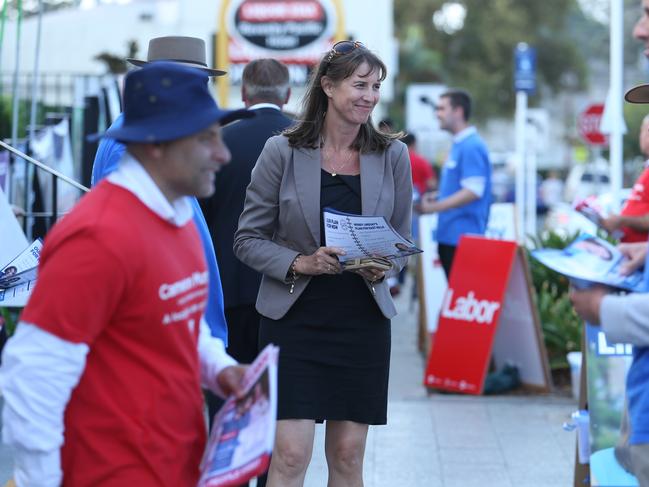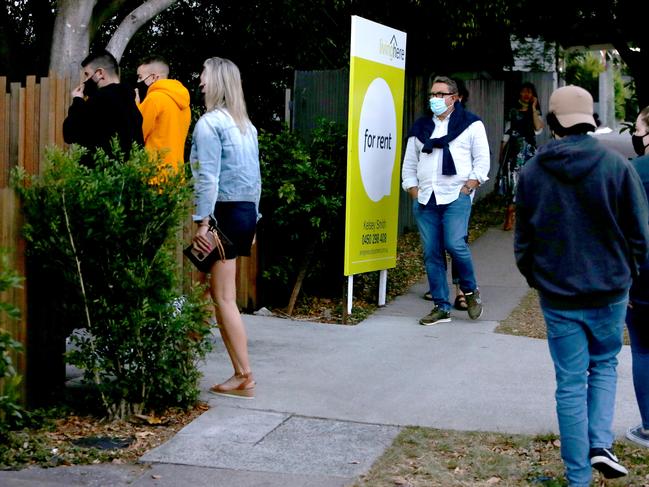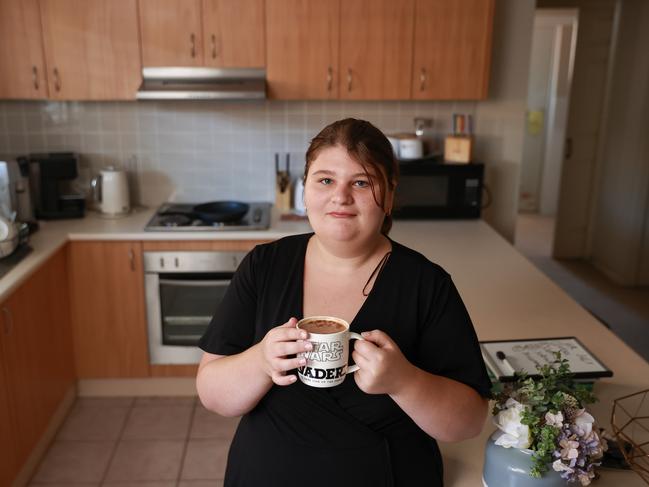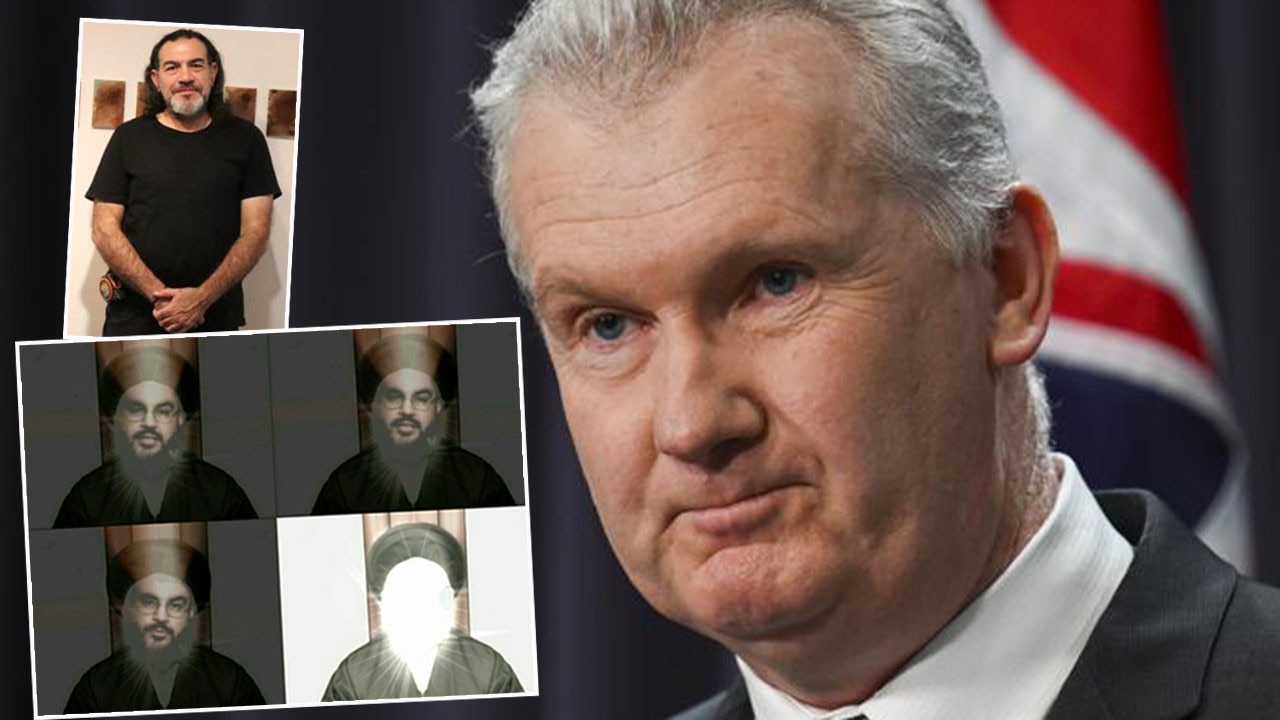Western Sydney tenants in marginal seats to decide NSW election
Soaring rental costs and and decade-low vacancy rates will see tenants hold the power at NSW’s state election — especially in Western Sydney, new analysis has revealed.
State Election
Don't miss out on the headlines from State Election. Followed categories will be added to My News.
The soaring cost of leasing a home and the lowest vacancy rate in 12 years has the March 25 poll primed to be the first renters’ election, with tenants in Western Sydney marginal seats set to decide the outcome.
Experts say in the past renters have not based their vote purely on housing policy, but a rapidly worsening accommodation crisis – some call it an emergency – means that is liable to change in less than four weeks.
New analysis reveals where renters have the most capacity to deliver a result either in favour of Premier Dominic Perrottet or challenger Chris Minns.
The research finds that in a dozen marginal electorates there are ten times more tenants than required to flip the seat. Many of these are in Sydney’s west.
In NSW’s tightest contest, for East Hills, which covers Milperra and Panania, the number of renters is nearly 500 times greater than the gap the ALP needs to bridge to win.

In another key battleground, Penrith, there are nearly 100 times more people leasing than Labor must attract to overtake the Coalition.
Median rents in Penrith have risen seven per cent faster than inflation since the last election in 2019.
In raw terms, the median rent in the area is about $4500 a year greater than back then.
In the new division of Leppington there are almost 40 times more renters than the Coalition requires to snatch the notionally ALP seat.
The area has recorded a double-digit percentage increase in median rents since 2019, even after adjusting for inflation.
In raw terms, median rents there are $6800 a year higher than the last time voters went to the ballot box in a state poll.

These insights emerge from research prepared by the Tenants’ Union of NSW.
Its CEO Leo Patterson Ross said he did not believe renters had historically voted as a bloc.
Instead, other factors had sent their ballots in all directions.
“But given the scale and depth of the crisis at the moment I think that’s changing,” Mr Patterson Ross said.
“In a dozen marginal seats, you only need five per cent of renters to begin saying ‘what are the representatives going to be doing on this issue?’ and it will change the election result.”
Treasurer Matt Kean and his Shadow Daniel Mookhey will face a 700-strong renters’ forum at Westmead on Tuesday night.
The assembly is being organised by apolitical community group Sydney Alliance, whose spokeswoman Diana Olmos said: “This is going to be a renters’ election.
“And we want people to feel that the prospective government is coming to them, not the other way round.”
One of the renters who plans to be at the Morley Centre event is Emily Cameron, who moved to Sydney from Albury in 2019.

Ms Cameron recently completed a university degree and last week took on a third job because the rent on her Westmead unit will jump by 43 per cent, from $350 to $500, in April.
“I pretty much am going to be working six days a week,” Ms Cameron said. “Sydney was good for my degree, but the cost of living and rent crisis are not what I would have predicted.”
Westmead is in the seat of Parramatta, where renters are nearly half of the voting population.
“And they are getting hammered,” said Community Housing Industry Association CEO Mark Degotardi. “This election is going to be decided in Western Sydney.”
Mr Degotardi said the waitlist for affordable housing had risen by an “outrageous” 15 per cent in a year.
“It’s probably gone beyond a crisis to an emergency,” he said.
Against that backdrop, Mr Degotardi said he was surprised major parties hadn’t made more significant housing policy announcements aimed at renters.
He said the solutions needed included increased supply, greater density and an end to nimbyism.
Real Estate Institute of NSW CEO Tim McKibbin also said more housing was desperately needed, noting the vacancy rate was barely one per cent – the lowest since 2011.
“The solitary issue was supply and demand,” Mr McKibbin said.
“I am fearful of the future,” because of the rate of population growth, he said.
“We can build a lot more homes or reduce the population. There are just too many of us with this number of properties.”
More Coverage
Read related topics:NSW State Election 2023





